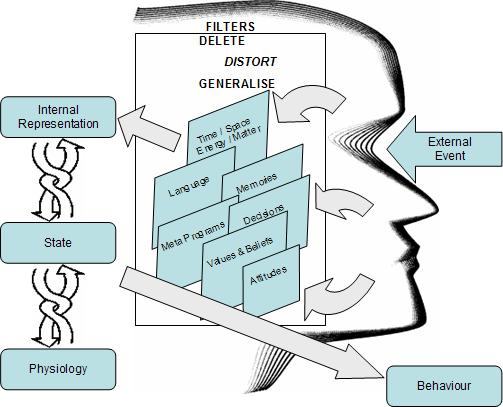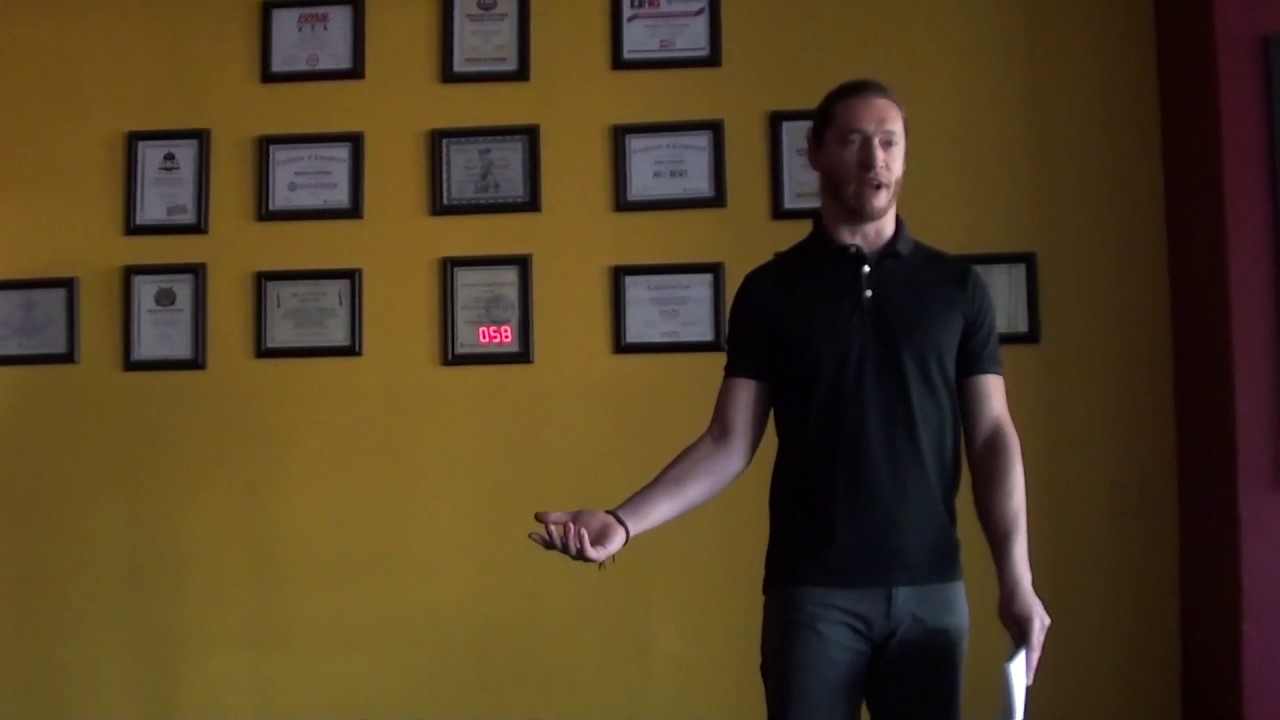This picture here is very important.

So there is a lot of information going on in this image. The thing I want to focus on right now over on the left hand side of the page. Over here. Where it says, “Internal Representation, State, Physiology.”
This is very important because you see these arrows are intertwined and leading back and forth to each other. So I talked a little bit about state. The strength you’re able to do in the moment, whatever the exercise is, that is very dependent on your state. You can think about this, and this goes into beliefs as well but, if you’re approaching something heavy and it’s like, “I don’t think I can do that,” how likely are you able to do that? Compared to if you’re extremely confident going into it, right? So that’s an element of state.
And what that has to do with here, internal representation, this is your thinking. We think in pictures, in words, in sounds we make to ourselves, as well as feelings in the body. So we are going to be working a lot with that. If you change that, those things, you change your state. And then that changes your physiology. You physiology is like you body posture, and obviously has very direct application to what we are doing in the exercise.
By changing one thing, it changes all the others. That’s the foundational framework for what we’re doing.
People think about the mind and body often as separate things, but they’re intimately linked. They’re really not separate at all. We can just use different routes to go about different things.
Want more? Check out the complete Mental Muscle Training Intensive here.


